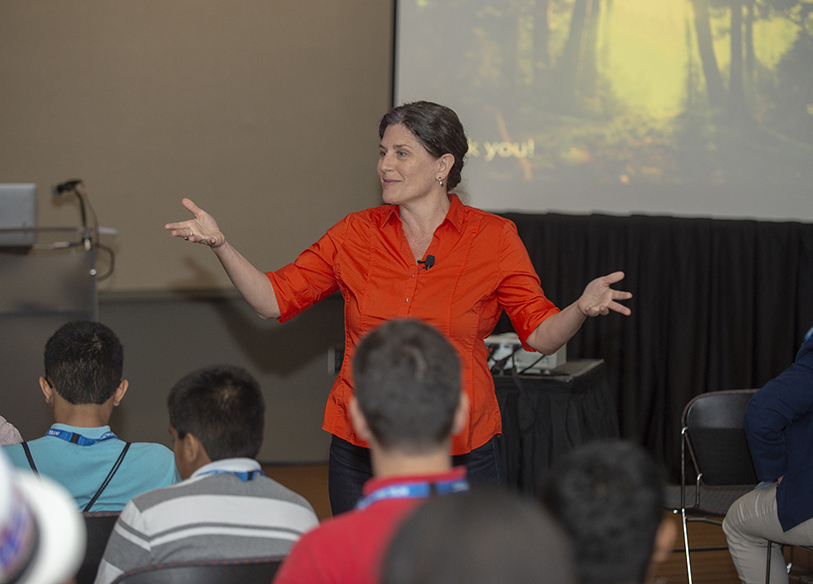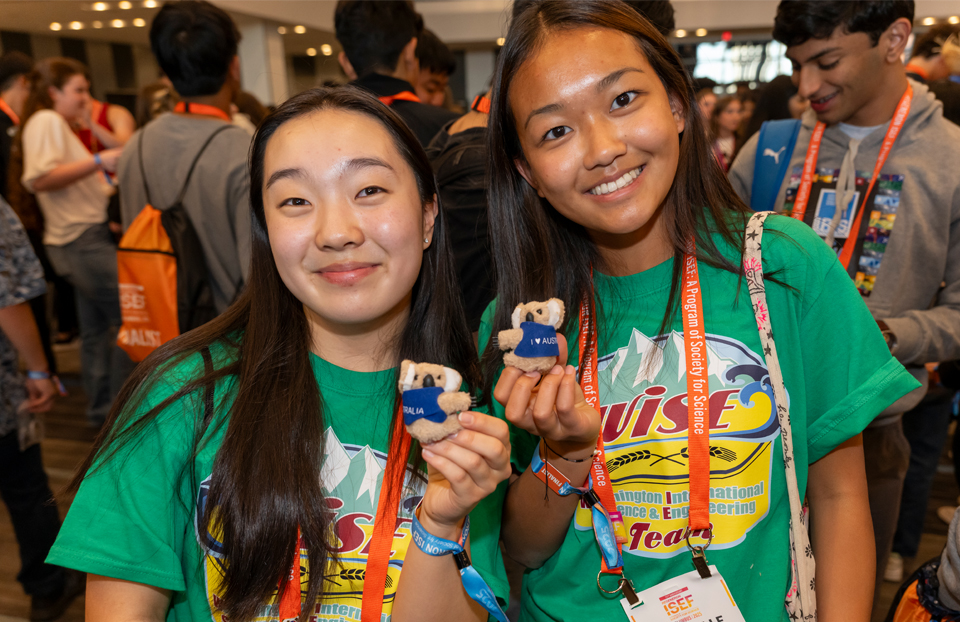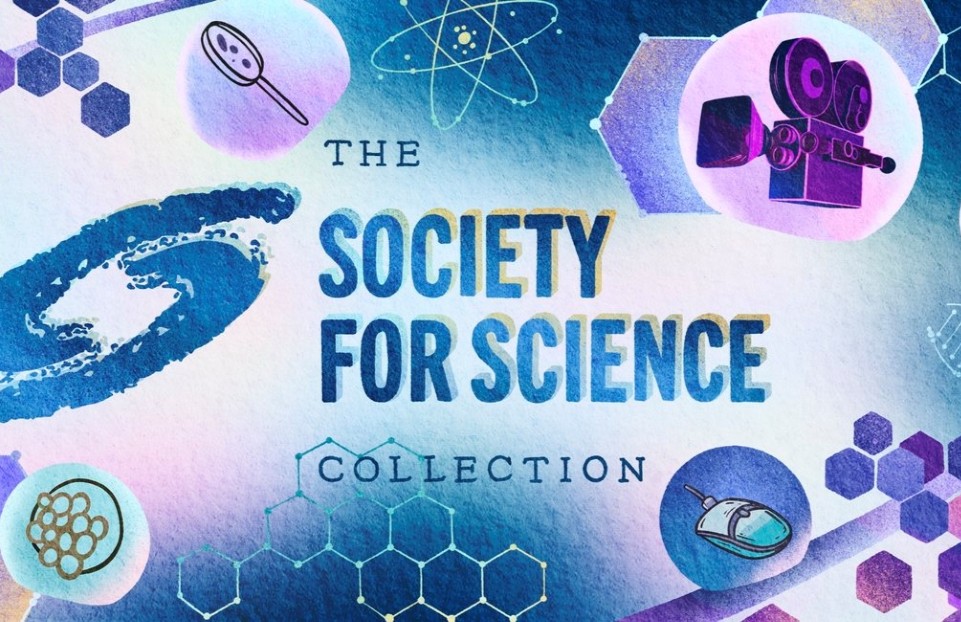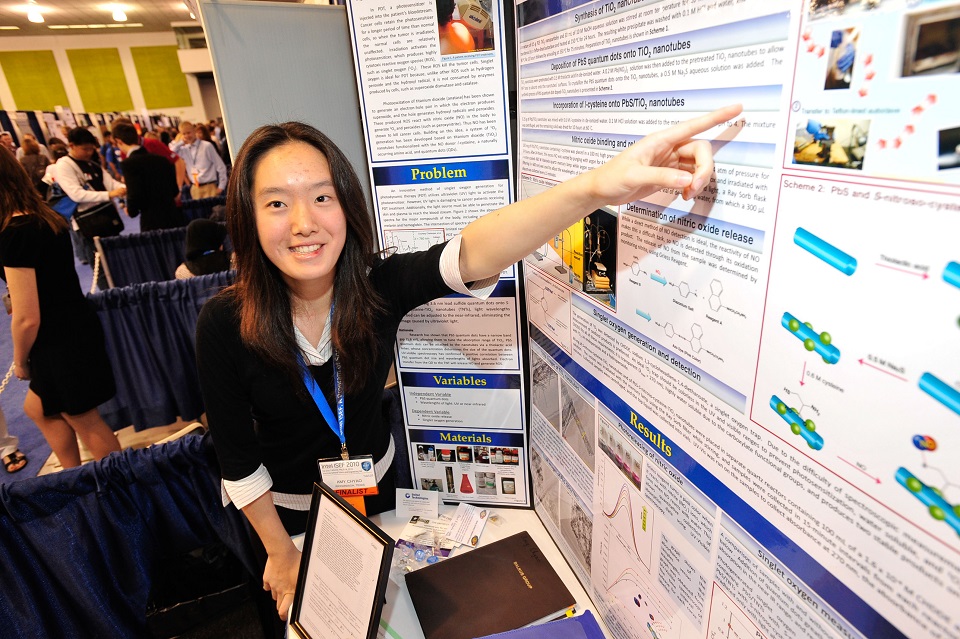Bringing science to life with Unity

Hands-on learning is one of the best ways to engage students in STEM. But what if these experiences are unable to be replicated in the classroom?
The answer sounds futuristic, but as technology evolves to become more intelligent, virtual reality-based learning systems are becoming more prevalent.
Unity Technologies, a San Francisco based company, is making it possible for anyone, including STEM educators, to create 2D and 3D simulations, virtual reality (VR) and augmented reality (AR) games, apps and pedagogical tools more accessible.
Liana Holmberg, Product Marketing Manager at Unity, demonstrated how scientists are using Unity’s content creation platforms at a symposia at Intel ISEF 2018 titled “Bring Science to Life: Creating Simulations, VR/AR and More with Unity.”
She explained that although 34% of the top 1,000 free mobile games are made with Unity’s development platform, it also has applications for aspiring young scientists and engineers.
Unity can help bring experiences to the classroom that are out of reach for most kids.
Scientists are using the platform to do research and communicate their results and some Intel ISEF finalists have even used Unity as part of their projects. It can be used to simulate environments such as operating rooms or self-driving cars, and to create simulations to train scientists. Labster, a virtual tool created with the platform, simulates a lab environment and allows students to perform life science, biology and biotechnology experiments right in front of their computer screens.
“Unity can help bring experiences to the classroom that are out of reach for most kids,” Liana said. In one example, she talked about a marine biologist who created a simulation of an ocean dive. This allowed students who don’t have access to the ocean to experience it virtually.
Thanks to the Unity License Grant Program, schools can receive a free license to operate, allowing both educators and students to use the software and create their own 3D, VR and AR experiences.
“I really think everybody in this room will be using virtual reality routinely in their professional lives,” Liana said.
Liana also pointed out that Unity has in-person training, as well as free tutorials. Whether you’re interested in creating a game or simulating and solving problems in STEM, Unity makes it possible.


